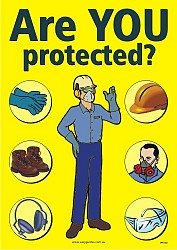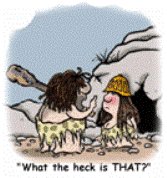PPE Requirements-What You Need To Know?

So when it comes to PPE or personal protective equipment just what is it that you need to know?
Well this is greatly going to depend on what the hazards are and also what country you live in.
Although Asia,China,Europe,the United States,Canada,Mexico and Latin America have signed Letters Of Agreement with OSHA.
You will still find some slight differences in regualtions in different countries.So if you are traveling to a different country be sure to have someone review that countries PPE policies
But the number one question should always be what are the hazards and how can I eliminate them.
If you can't completely eliminate the hazard to yourself or your workers what do you need for protection?
Now if you check the United States Personal Protective General Requirements it tells you the information that you need to know.
Including what type of personel protective equipment is required,when it is to be used and even who is responsible for paying for some equipment.
Also if you click on the blue numbered links on that page it will take you to even greater information.
Now if you look at the Canadian Requirements you will see a the differences between the countries so be sure to check regulations not only between countries but also States and provinces.
So What About Training?

So what kind of training is required when it comes to personal protective equipment?
Do I need to train people on the use of Hard Hats, Safety Glasses, Work Boots, Hearing Protection or is it just on the use of specialty equipment?
Such as Fall Protection equipment, Chemical Suits, Flame Resistant Coveralls and Breathing Air Equipment.
Here are a few statistics from an United States OSHA training powerponit presentation
- 2 Million work related injuries are expected.
- More than 1/4 of these willl involve Head, Eyes,Hands and Feet.
- Hard hats were only worn by 16% of work who sustained head injuries.
- Only 1% of 770 workers who sustained face injuries wore face protection.
- Only 23% of workers with foot injuries wore safety shoes or boots
- About 40% of workers with eye injuries wore eye protection.
Definitley this is one area where there needs to be improvement so according to OSHA here is what is required.
An employer must train employees before issuing PPE in at least these things:
- When personal protective equipment is nessecary
- What equipment is required
- How to properly Don, Doff, Adjust and wear the equipment
- Limitations of the equipment
- Plus the proper care, maintenance, useful life and proper disposal of equipment.
As you may of noticed it doesn't state which equipment so a good rule of thumb is all personal protective equipment.



